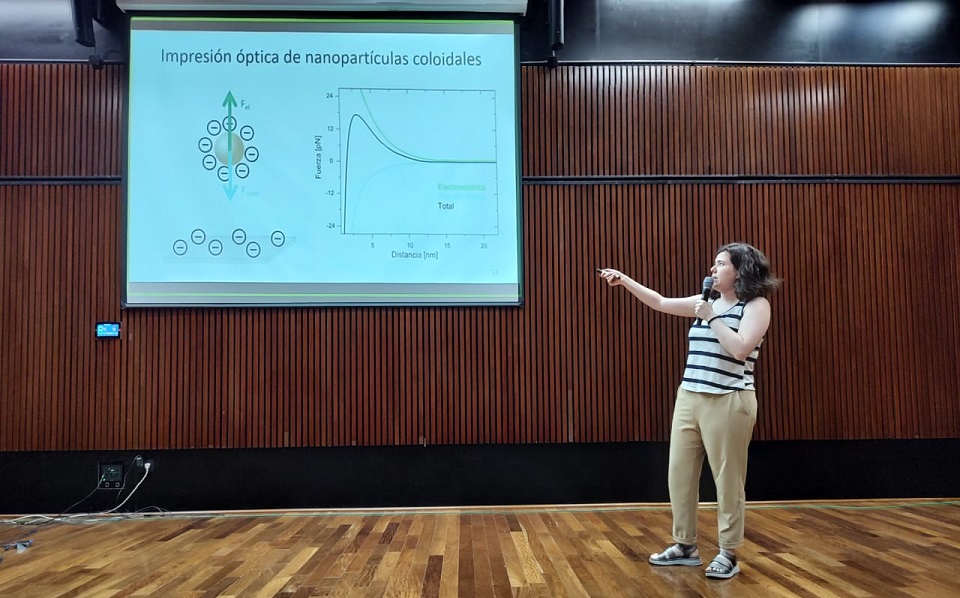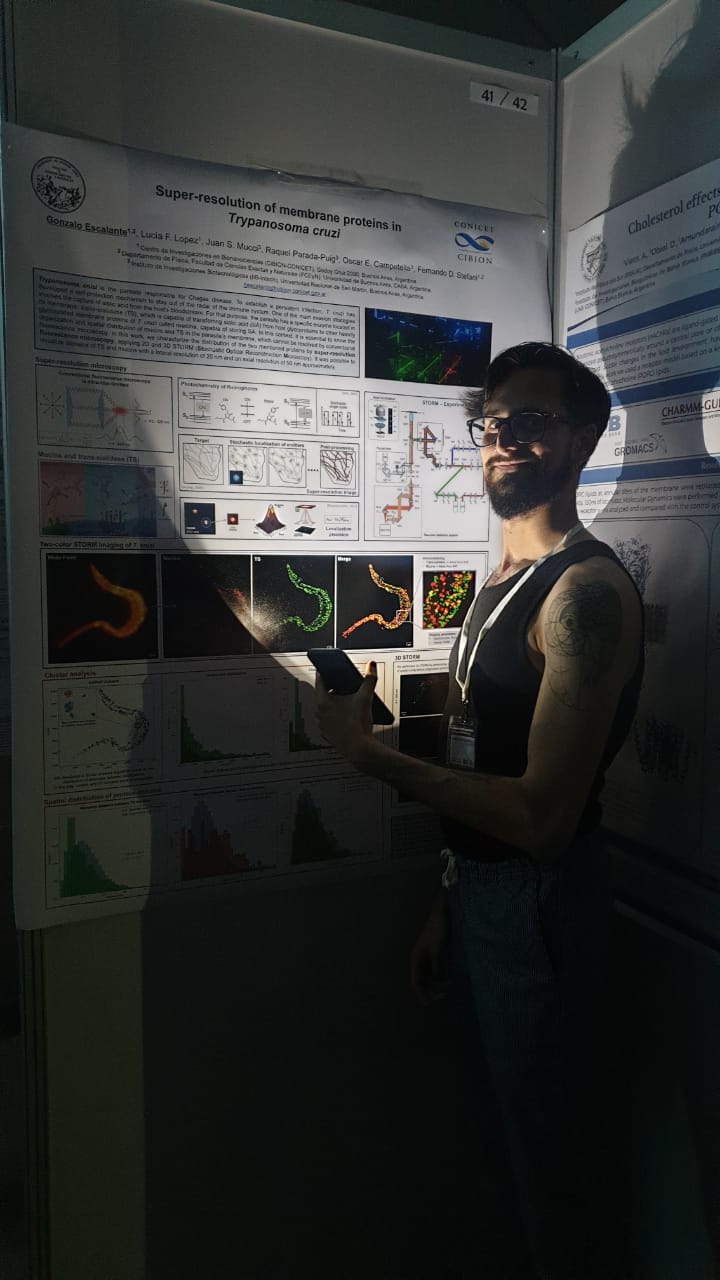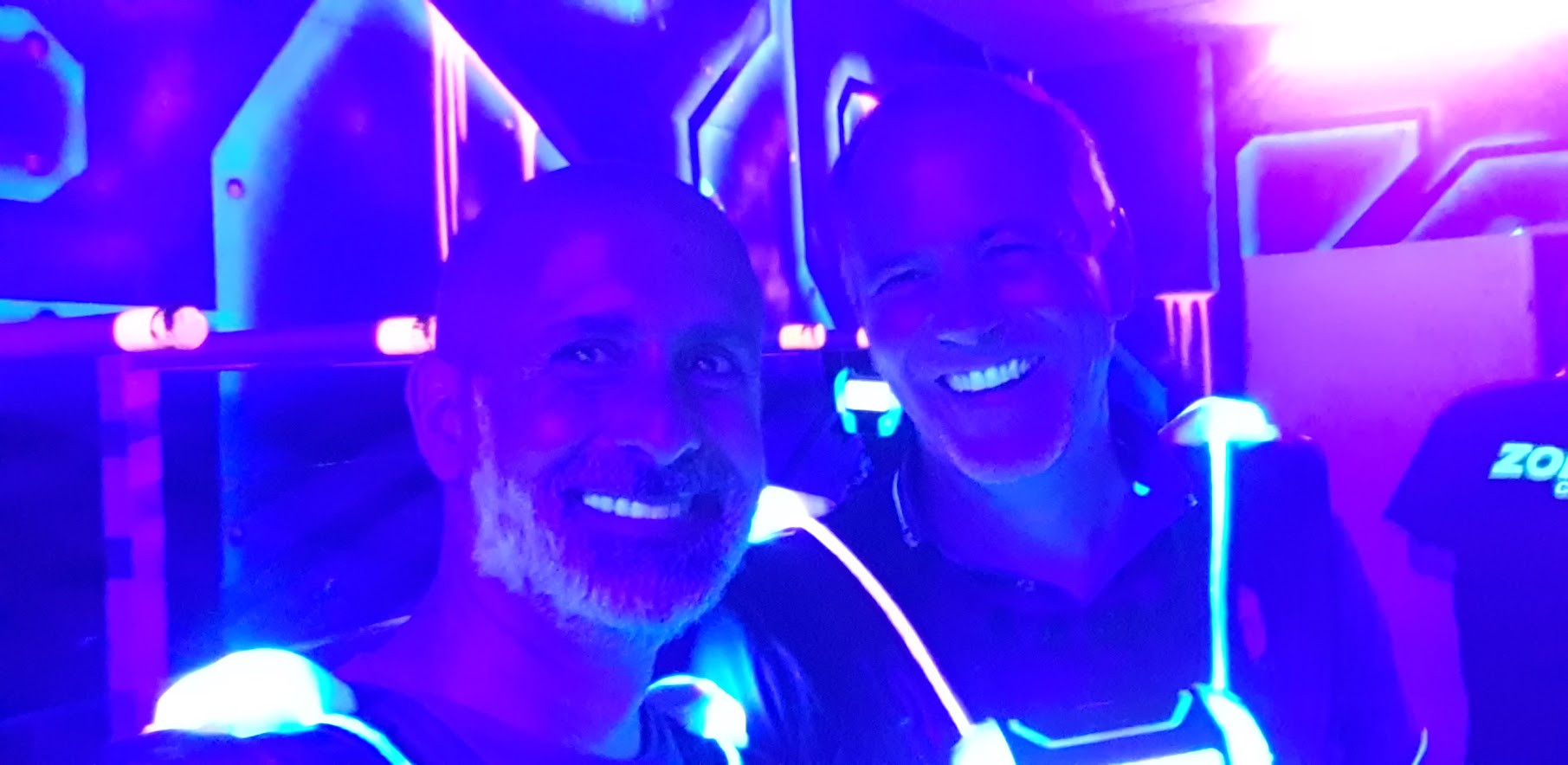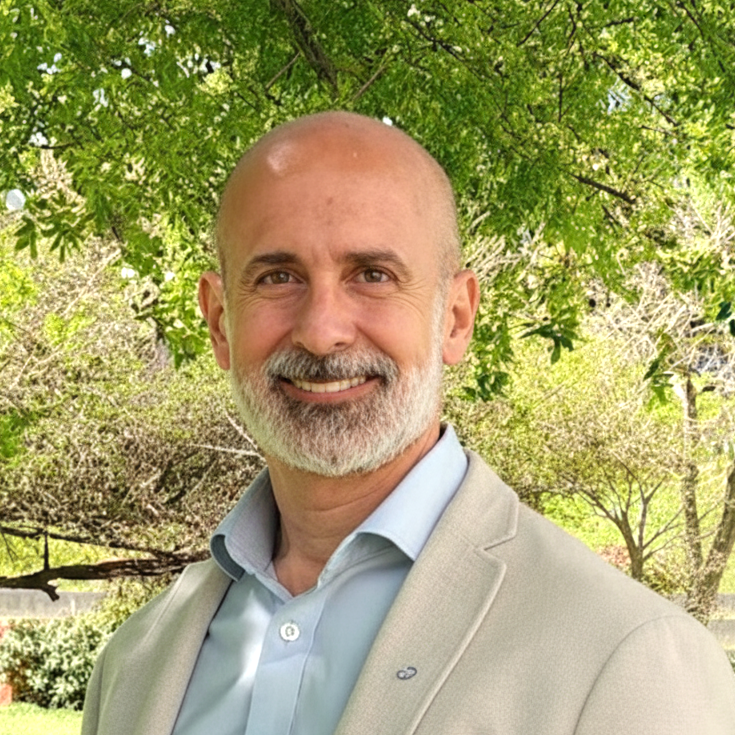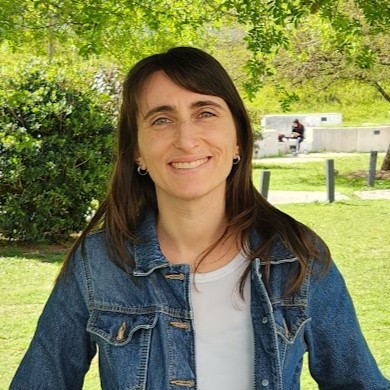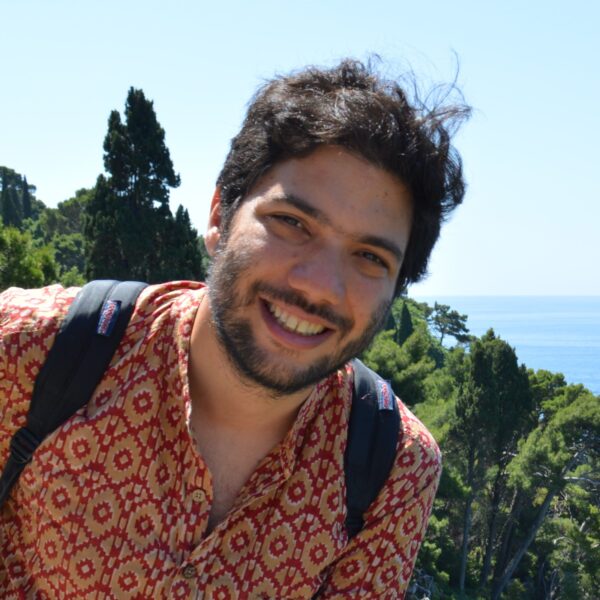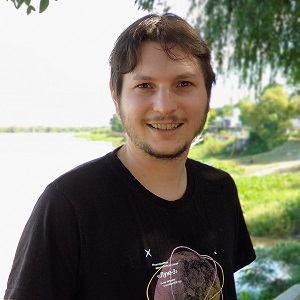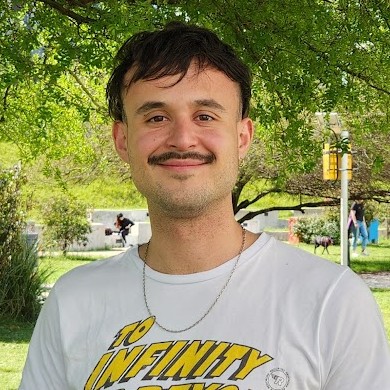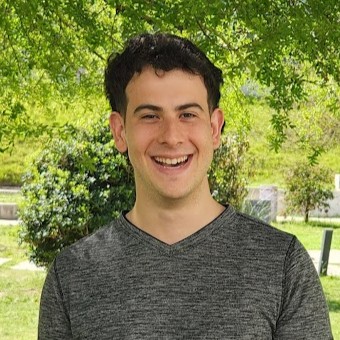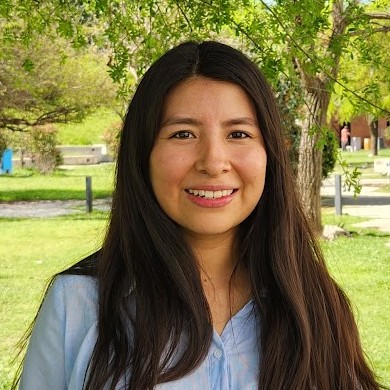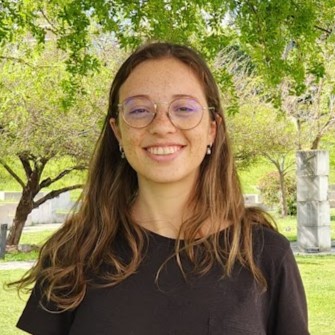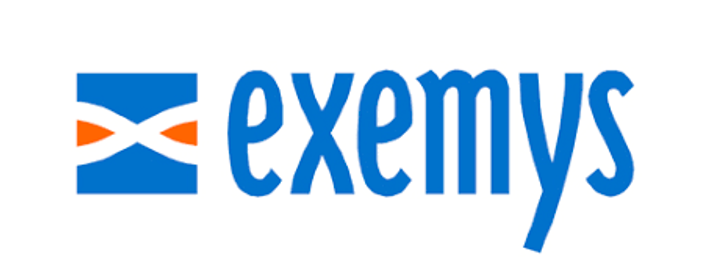Center for Bionanoscience Research (CIBION), National Scientific and Technical Research Council (CONICET)
Physics Department, Faculty of Exact and Natural Sciences, University of Buenos Aires (UBA)
Using optical methods, we explore the properties and technological applications of nanoparticles, single molecules, nanostructured materials, supramolecular assemblies, biological and hybrid nanosystems.
The Applied nanoPhysics Group was launched in October 2009 at the Physics Department, Faculty of Exact and Natural Sciences, of the University of Buenos Aires (UBA)
In 2012 we moved our labs to the Center for Bionanoscience Research (CIBION) of the National Scientific and Technical Research Council (CONICET), while Prof. Stefani still holds his position at the Physics Department of the University of Buenos Aires.
CURRENT RESEARCH ACTIVITIES
Fluorescence nanoscopy.
Super-resolution fluorescence microscopy, also known as fluorescence nanoscopy, has revolutionized biological imaging because they provide deep sub-wavelenght spatial resolution while keeping the low-invasiveness of far-field optical interrogation. We apply and optimize well-established methods like STED and STORM, and develop new ones, such as MINFLUX, and open-source software for fluorescence nanoscopy. With them, we address questions of cellular and neuronal biology.
Optical printing colloidal nanoparticles.
Colloidal chemistry enables the fabrication of nanoparticles of different shapes, sizes and material compositions, that exhibit unique physical and chemical properties, inexistent in bulk materials. In order to make use of those properties in devices and circuits, it is necessary to develope methods to bring the colloidal nanoparticles from the liquid phase to specific locations of solid substrates. We address this challenge using optical forces.
Self-assembled Nanophotonic Devices.
Semiconductor-based devices are approaching intrinsic limits of speed and heat dissipation.
Optical devices are faster and practically loss-less, but their size miniaturization is limited by the wavelength of light. Nanophotonics and Plasmonics deals with the manipulation of light at the nanoscale. We investigate light-matter interaction between single-photon emitters and metallic nanoparticles organized in nanodevices by self-assembly.
LATESTS NEWS
CIBION bbq 2022
Nothing else to say... like every year we had our yearly get together of the whole institute, and it was great fun 🙂
Talk by Luciana Martínez at JOBION 2022
Ph. D. candidate Luciana Martínez gave a talk at the 4th edition of JOBION held at the Centro Cultural de la Ciencia, in Buenos Aires. Luciana presented her research on the challenges of optical printing metallic nanoparticles of complex shape, particularly gold nanostars. JOBION is a self-organized regular [...]
Nanometer Resolution Imaging and Tracking of Single Fluorophores by Sequential Structured Illumination
Localization of single fluorescent emitters is central for many physicochemical and biophysical measurements at the nanoscale and beyond ensemble averaging. Examples include single-molecule tracking and super-resolution imaging by single-molecule localization microscopy. Among the numerous localization methods available, MINFLUX constituted a breakthrough for achieving a ∼10-fold improvement in resolution over [...]
Presentations a the annual meeting of the Argentine Society of Biophysics (SAB 2022)
This year, the annual meeting of the SAB was held in Rosario. CIBION contributed with the folowing presentations: Gonzalo Escalante - "Super-resolution of membrane proteins in Trypanosoma cruzi" Santiago Sosa - "Determining the orientation of single molecules in a protein cage by fluorescence nanoscopy" Luis Marcano-García - "Determination of [...]
New international project funded by the Chan Zuckerberg Initiative to develop Napari plugin
We are excited to be among the international grantees of the Chan Zuckerberg Initiative for the program @napari_imaging This project is an international collaboration with our former member Dr. Luciano Masullo, now at the MPI for Biochemistry, Munich) and Prof. Andrea Bassi from the Politecnico di Milano. We will produce a [...]
Interviews to Luciano Masullo, Lucía Lopez and Fernando Stefani
Focal Plane has made a series of interviews to latin american microscopy scientists. Three members of our lab were interviewed to tell about their experiences: An interview with Fernando Stefani - FocalPlane (biologists.com) An interview with Lucía López - FocalPlane (biologists.com) An interview with Luciano Masullo - [...]
Best thesis on experimental Physics of the Argentine Physics Association to Dr. Luciano Masullo!
Luciano Masullo has been awarded with the Juan José Giambiagi award of the Argentine Physics Association (AFA) for the best doctoral thesis on experimental Physics for the period 2020-2021. Luciano joined our group in 2014, for his graduation thesis. At that time he worked closely with Dr. Fede Barabas, learning [...]
Prof. Stefani visits friends and collaborators in Munich
During three weeks in September, Prof. Stefani visited friends and collaborators en the Munich area. He gave lectures and supervised ongoing projects in collaboration. Prof. Stefani visited: Prof. Philip Tinnefeld and his group at the Faculty for Chemistry and Pharmacy of the LMU Munich, where former members [...]
COLLABORATORS
STEFAN HELL
Max-Planck-Institute for Biophysical Chemistry (Göttingen, Germany)
THOMAS JOVIN
Max-Planck-Institute for Biophysical Chemistry (Göttingen, Germany)
ALFREDO CÁCERES
Instituto Universitario de Ciencias Biomédidas de Córdoba (Córdoba, Argentina)
PHILIP TINNEFELD
Ludwig-Maximilians-University Munich (Germany)
GUILLERMO ACUNA
University of Fribourg (Switzerland)
ANDRÉS ZELCER
Centro de Investigaciones en Bionanociencias (Buenos Aires, Argentina)
ANDREA BRAGAS
University of Buenos Aires (Argentina)
DARÍO KRAPF
Instituto de Biología Molecular y Celular de Rosario (IBR – Santa Fe, Argentina)
SABRINA SIMONCELLI
University College London (UK)
DAMIAN REFOJO
Biomedicine Research Institute of Buenos Aires (Argentina)
RODRIGO PALACIOS
Universidad Nacional de Río Cuarto (Córdoba, Argentina)
OSCAR CAMPETELLA
Universidad Nacional de General San Martín (Buenos Aires, Argentina)


